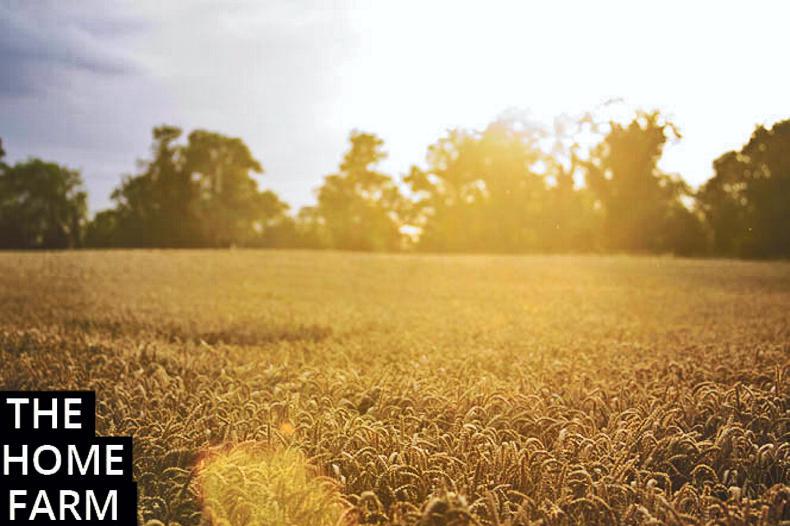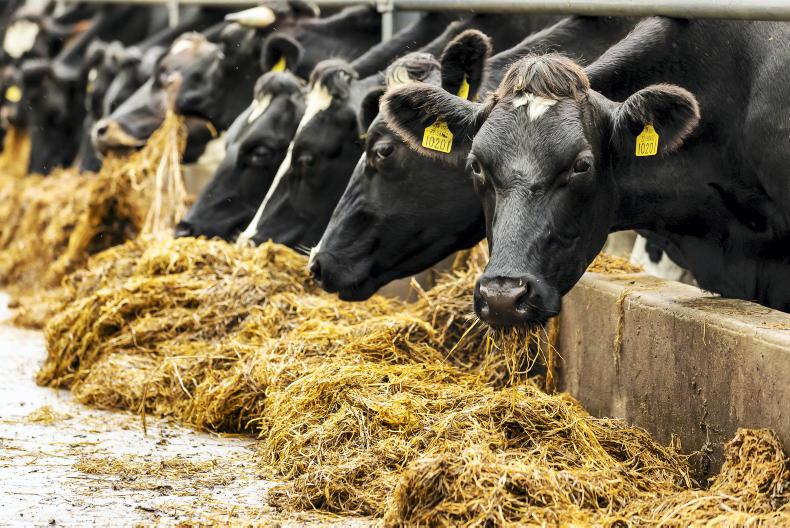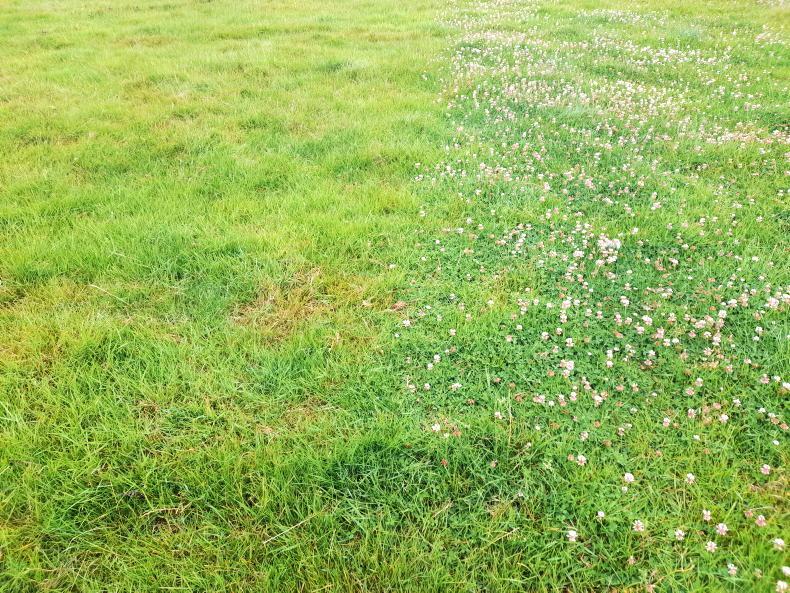This week we got the first slurry out for the 2023 spreading season.
A fortnight ago I wouldn’t have thought it possible that we would be spreading this week but with milder weather, longer evenings and no rain, land has dried up remarkably.
We are spreading on old permanent pasture that was grazed into late November. Growth over the winter has been almost nonexistent and we are hardly leaving a mark on the ground.
The earlier closed ground has a good cover of grass which will need to be grazed off before we go out with slurry, but there is no doubt the farming year has started again.
If this dry mild weather continues, I can see ourselves letting light stores out by day within a fortnight or so, but anything can happen weather-wise at this time of the year.
The dairy beef steers are coming fit and the next two months should see the bulk of them finished at very little over twenty-four months, hopefully at a carcase weight in the 320-330kg range.
Inevitably there will be a proportion who will take longer, will need some time at grass and will end up at 27-28 months.
Conference
Last week’s Irish Grassland Association conference held in Charleville had a wealth of usable information, some of which I am determined to implement.
The cheapest and most immediately doable is to stitch some red clover into a field we use almost exclusively for silage. The second is to investigate properly the place solar power could play in reducing electricity bills.
Cost increase
With the increased cost of energy and the rapidly developing technology in this area, John Upton of Moorepark in a superb paper put the payback period of a well-planned investment at six to seven years without any grant payment – obviously with up to a 60% TAMS grant the investment becomes really attractive.
On the tillage side, we need to get organised to sow the spring beans, apply the first round of nitrogen starting with the winter barley and get advice on the most urgent of the weed problems given how little autumn herbicides we got out on this year’s crops.
While all the time I am looking at increasing concern as the futures prices for cereals and oilseed rape continue to drift down, at this stage the world price of wheat is well below the level of this time last year.
This was well before the Russian invasion of Ukraine, while input prices (especially of fertiliser) show no sign of the downward adjustment needed to bring costs back into balance.










SHARING OPTIONS